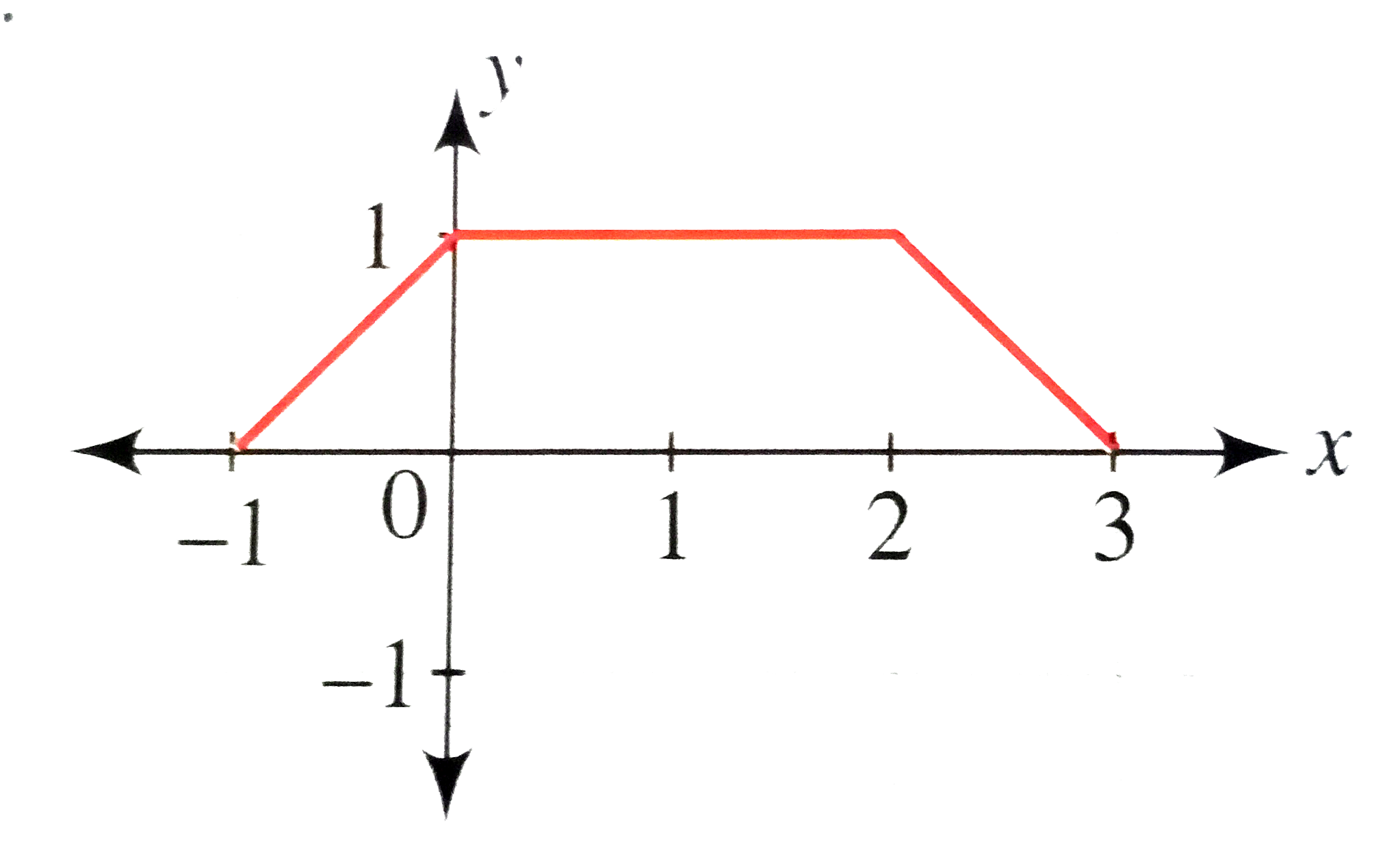A pair of curves y=f1(x) and y=f2(x) are such that following conditions are satisfied.(i) The tangents drawn at points with equal abscissae intersect on y-axis.(ii) The normals drawn at points with equal abscissae intersect on x-axis. Answer the question:Which of the following is true (A) f'1(x)+f'2(x)=c (B) f'1(x)−f'2(x)=c (C) f'21(x)−f'21(x)=c (D) f'21(x)+f'22(x)=c
Step by step video & image solution for A pair of curves y=f_1(x) and y=f_2(x) are such that following conditions are satisfied.(i) The tangents drawn at points with equal abscissae intersect on y-axis.(ii) The normals drawn at points with equal abscissae intersect on x-axis. Answer the question:Which of the following is true (A) f\'_1(x)+f\'_2(x)=c (B) f\'_1(x)-f\'_2(x)=c (C) f\'_1^2(x)-f\'_1^2(x)=c (D) f\'_1^2(x)+f\'_2^2(x)=c by Maths experts to help you in doubts & scoring excellent marks in Class 12 exams.
Updated on:21/07/2023Similar Questions
Curves y=f(x) passing through the point (0,1) and y=∫x−∞f(t)dt passing through the point (0,13) are such that the tangents drawn to them at the point with equal abscissae intersect on x-axis. Answer the question:The equation of curve y=f(x) is (A) y=e3x (B) y=ex3 (C) y=3x (D) y=13x
View SolutionIf f(x)={−3x+2x<112x2+7x≥1} ,then which of the following is not true (A) f'(1+)=1 (B) f'(1−)=−3 (C) f'(1−)=f'(1+)=1 (D) f is not differentiable at x=1
View Solution
Knowledge Check
Area bounded by y=f−1(x) and tangent and normal drawn to it at points with abscissae π and 2π, where f(x)=sinx−x is
Aπ22−1Bπ22−2Cπ22−4Dπ22
Given the curves y=f(x) passing through the point (0,1) and y=∫x−∞ f(t) passing through the point (0,12) The tangents drawn to both the curves at the points with equal abscissae intersect on the x-axis. Then the curve y=f(x), is
View SolutionGiven two curves: y=f(x) passing through the point (0,1) and g(x)=∫x−∞f(t)dt passing through the point (0,1n). The tangents drawn to both the curves at the points with equal abscissas intersect on the x-axis. Find the curve y=f(x).
View SolutionIf the graph of y=f(x) is symmetrical about the lines x=1andx=2, then which of the following is true? (a)f(x+1)=f(x) (b) f(x+3)=f(x) (c)f(x+2)=f(x) (d) None of these
View SolutionCurves y=f(x) passing through the point (0,1) and y=∫x−∞f(t)dt passing through the point (0,13) are such that the tangents drawn to them at the point with equal abscissae intersect on x-axis. Answer the question:limx→0(f(x))2−1x= (A) 3 (B) 6 (C) 4 (D) none of these
View SolutionCurves y=f(x) passing through the point (0,1) and y=∫x−∞f(t)dt passing through the point (0,13) are such that the tangents drawn to them at the point with equal abscissae intersect on x-axis. Answer the question:The area bounded by the curve y=f(x),y=x and ordinates x=0 and x=1 is (A) e2−12 (B) e2−13 (C) e3−13 (D) none of these
View SolutionGiven the graph of y=f(x).

Draw the graphs of the followin.
(a) y=f(1−x) (b) y=−2f(x)
(c) y=f(2x) (d) y=1−f(x)
View SolutionWe are given the curves y=∫x−∞f(t) dt through the point (0,12) and y=f(X), where f(x)>0 and f(x) is differentiable, ∀x∈R through (0,1). If tangents drawn to both the curves at the point wiht equal abscissae intersect on the point on the X-axis, then
∫x→∞(f(x))f(−x) is
View Solution
